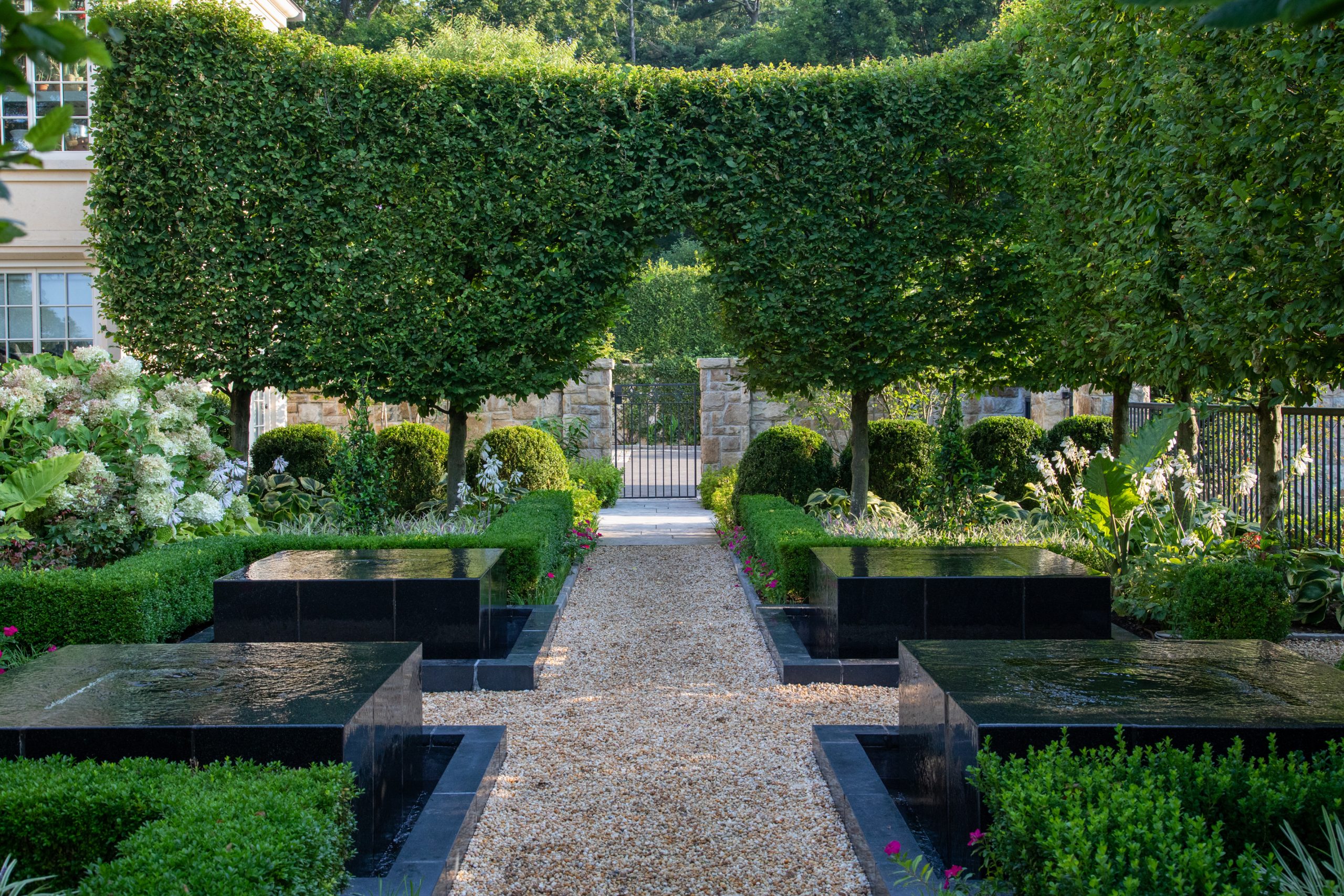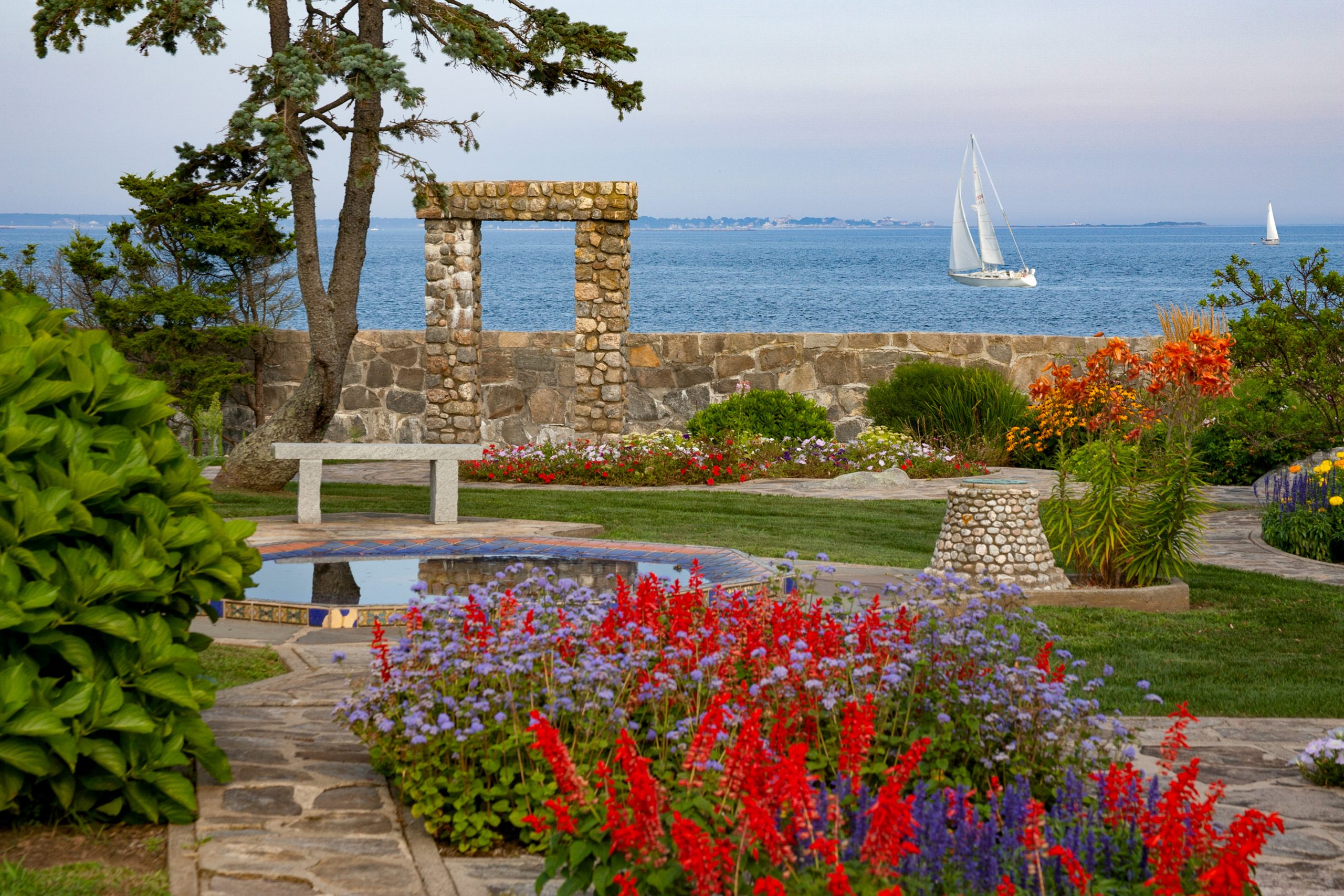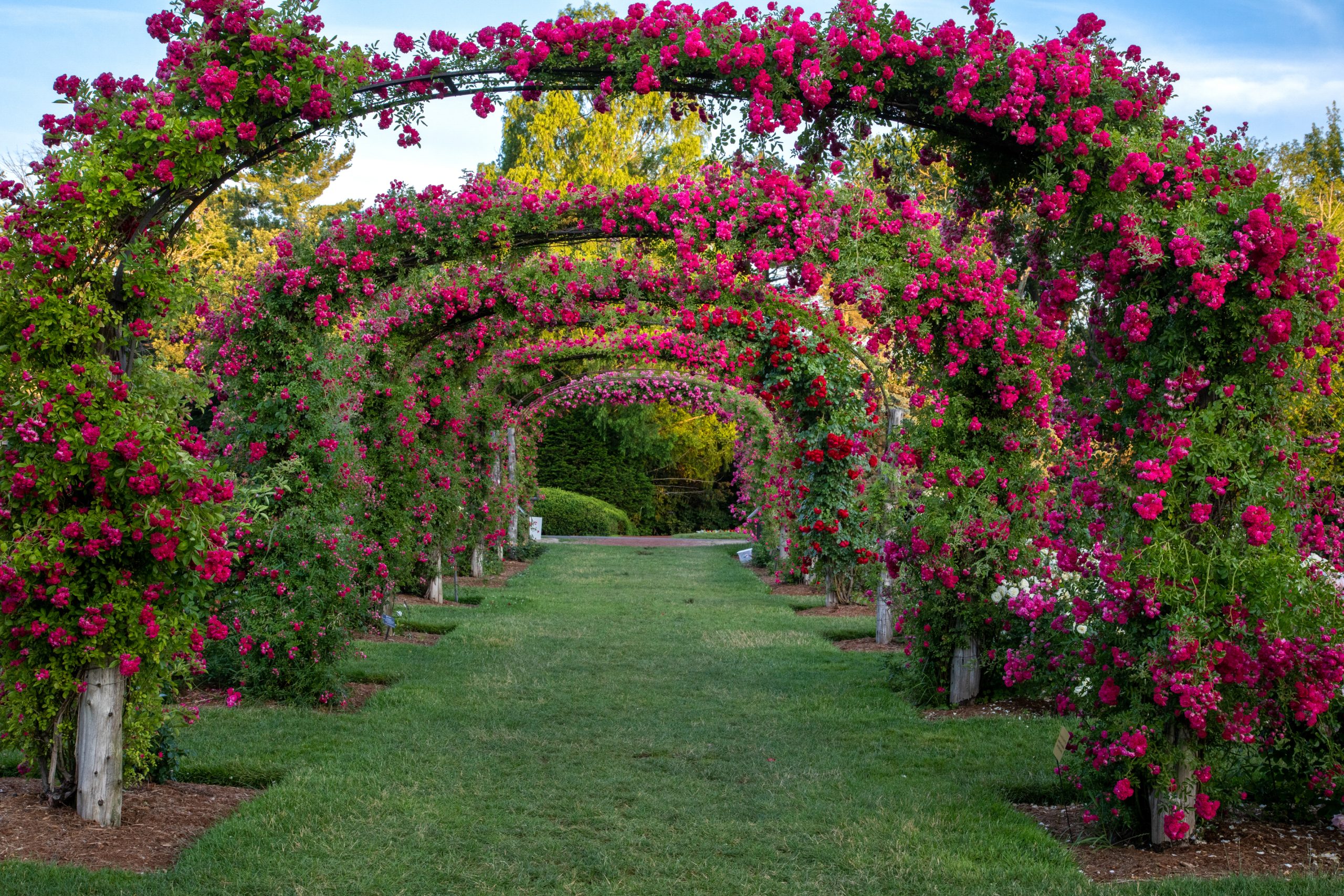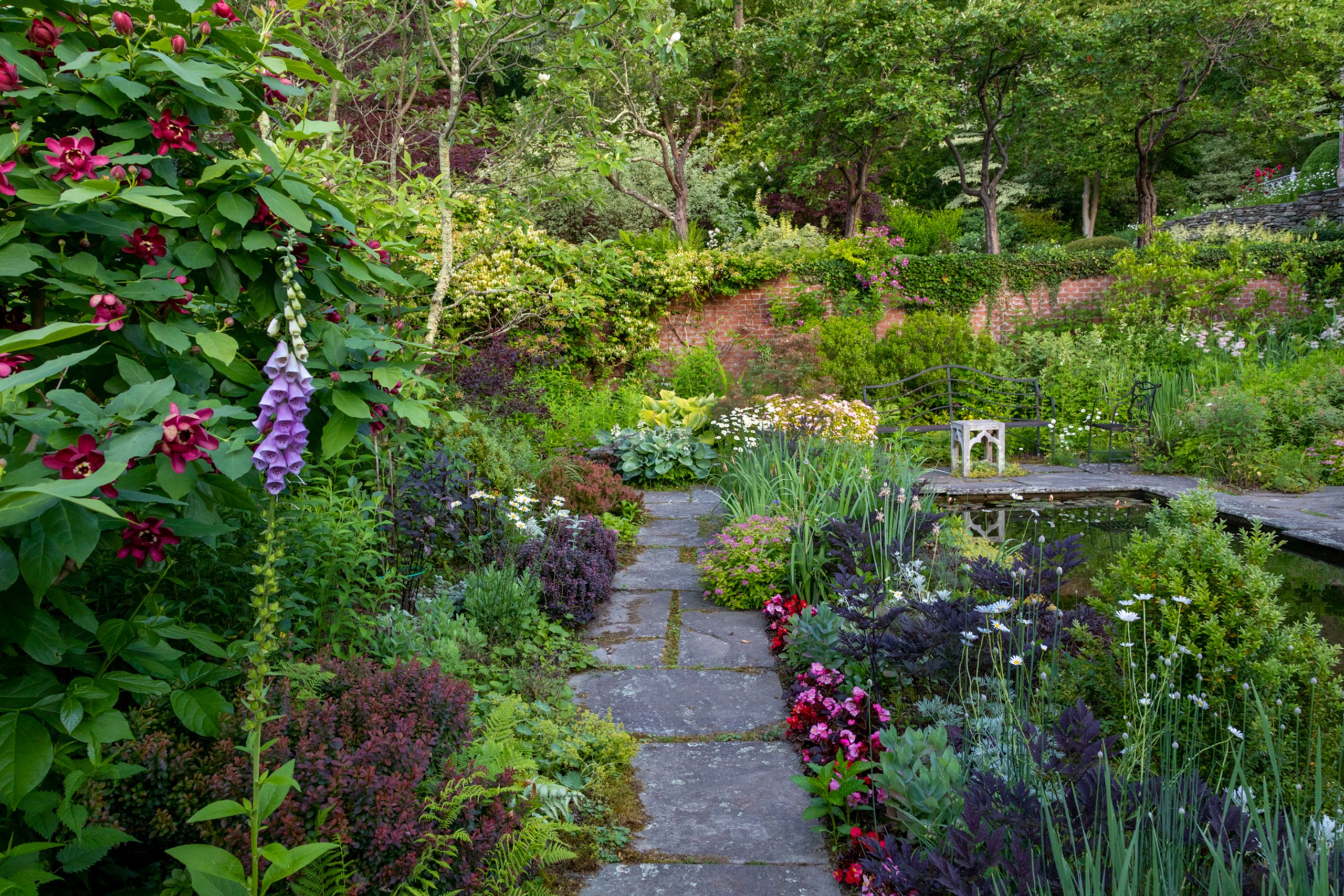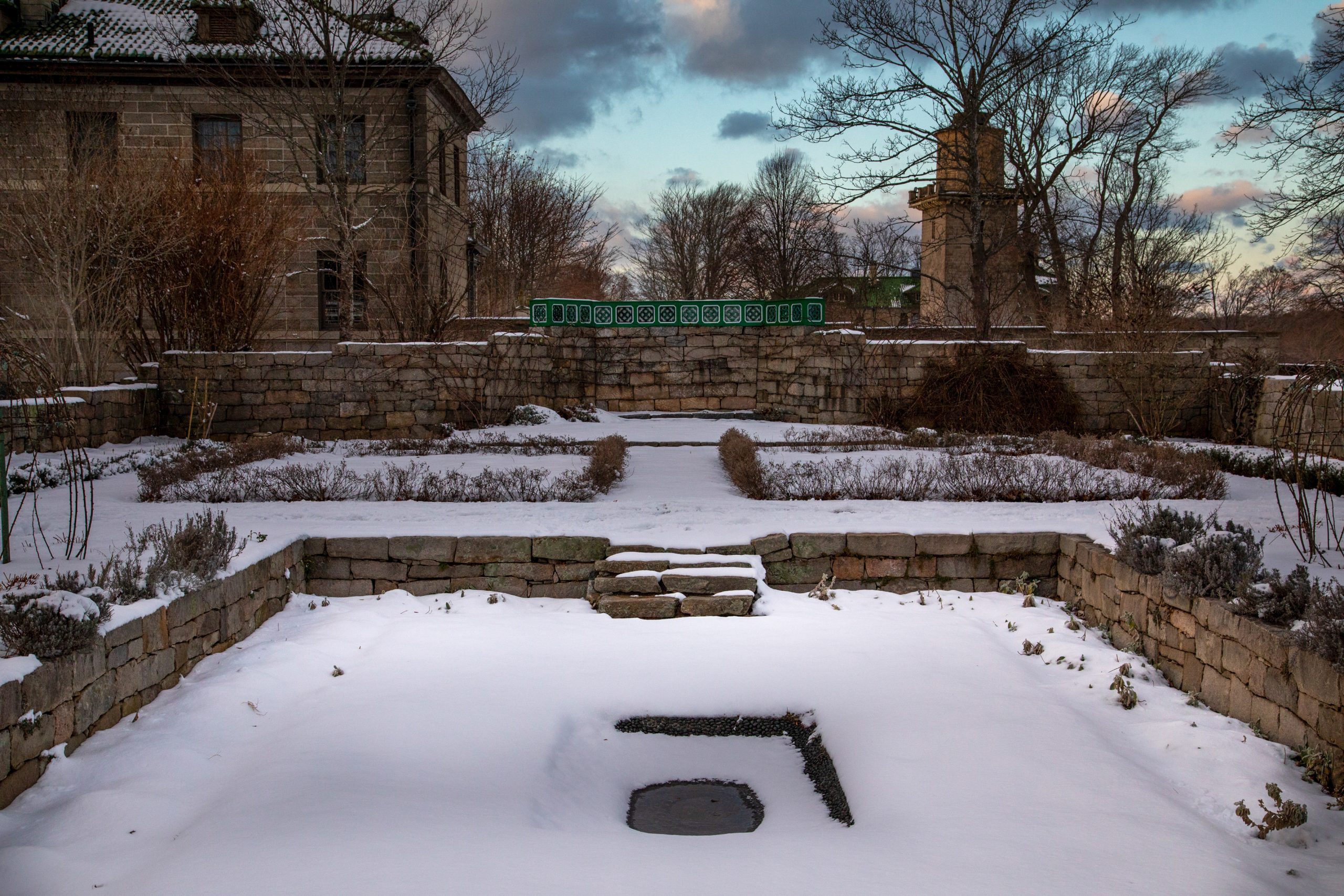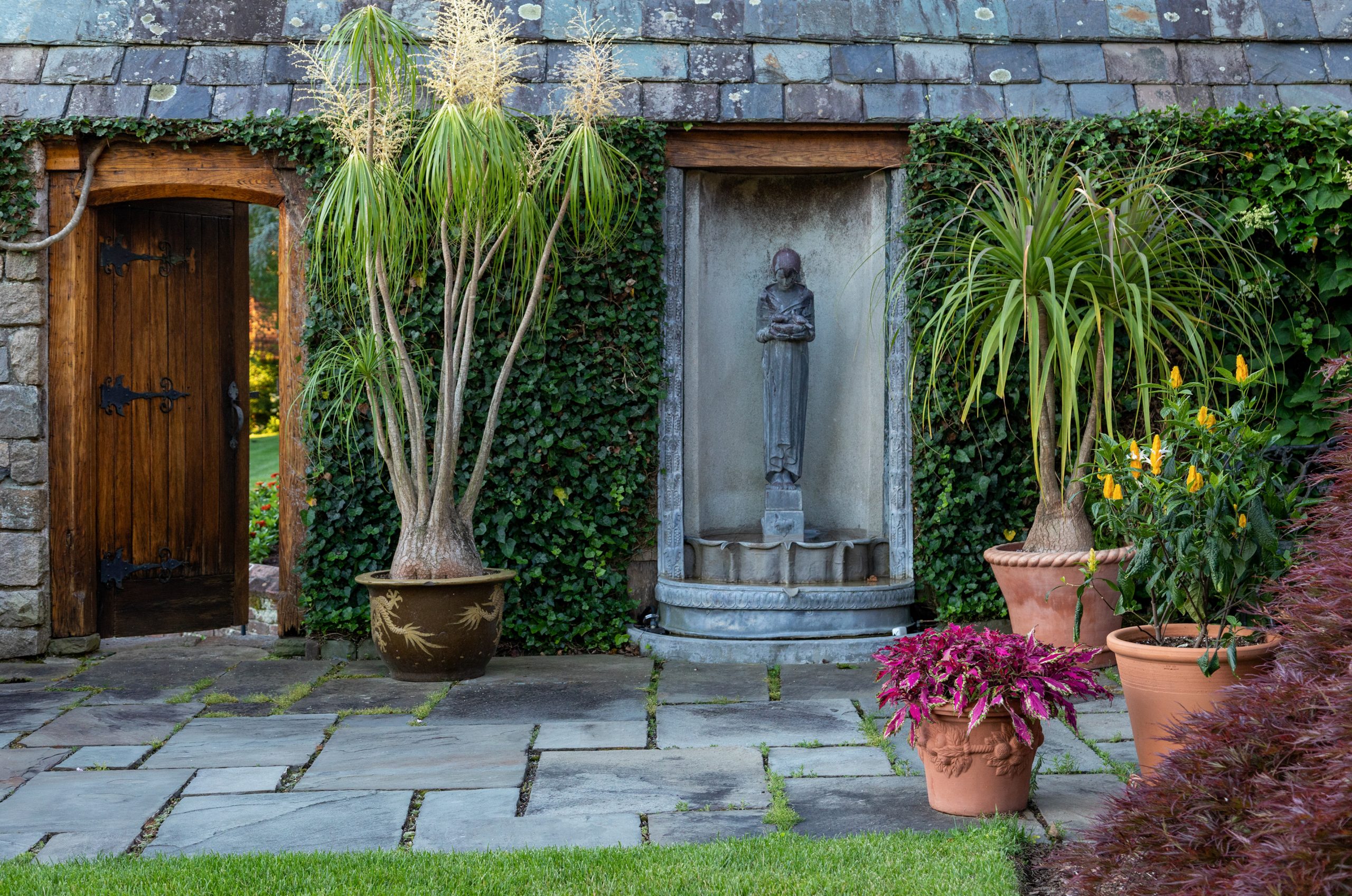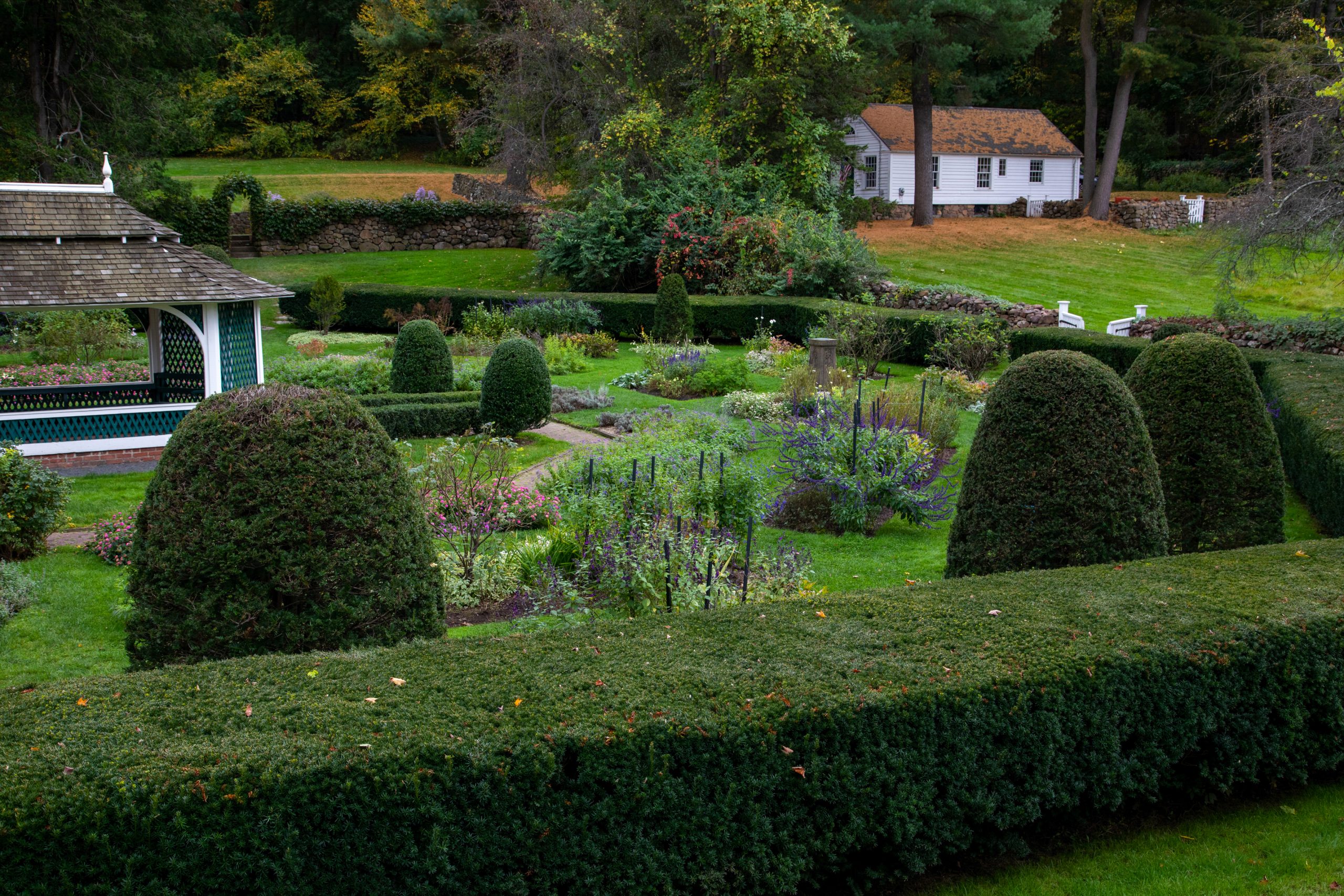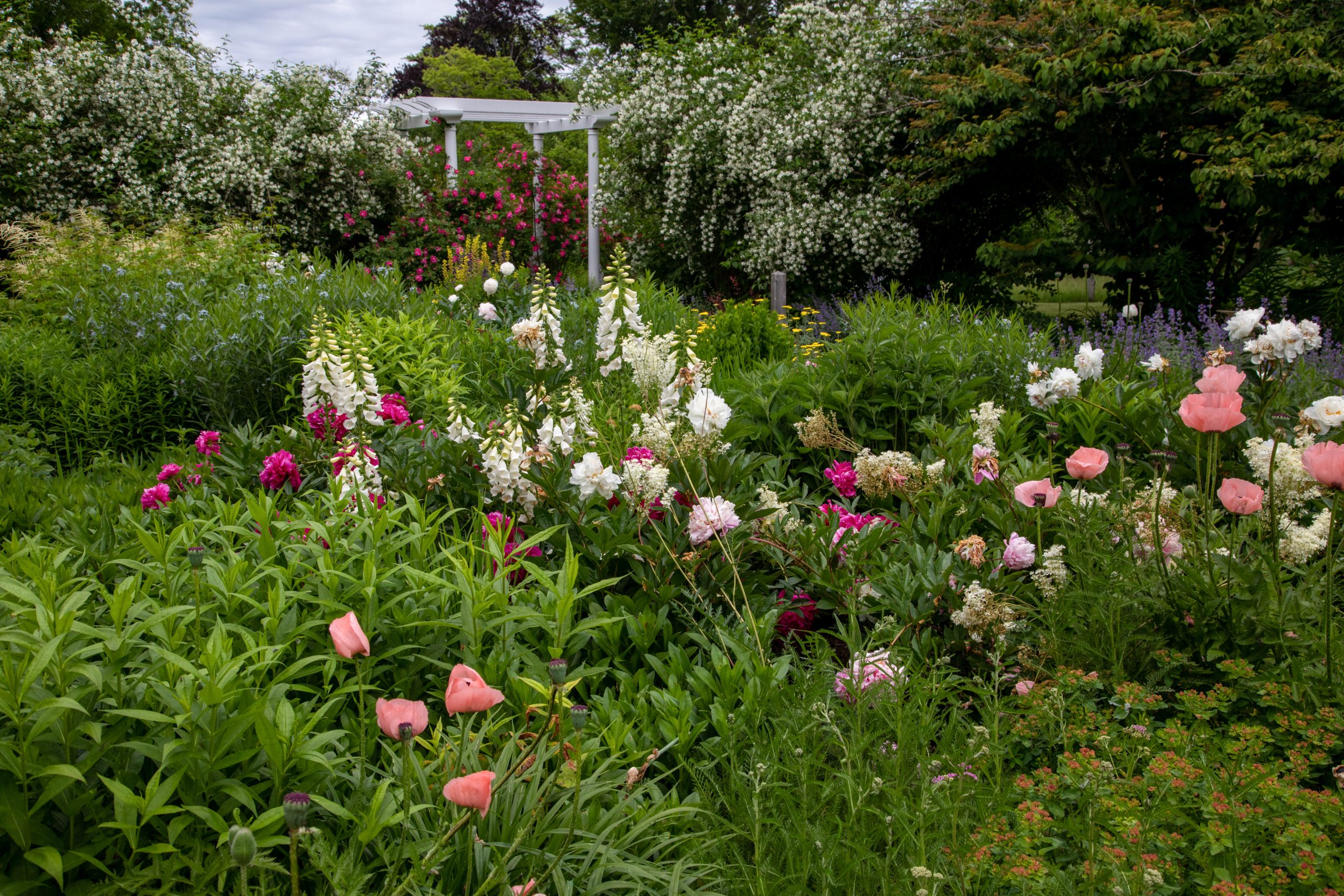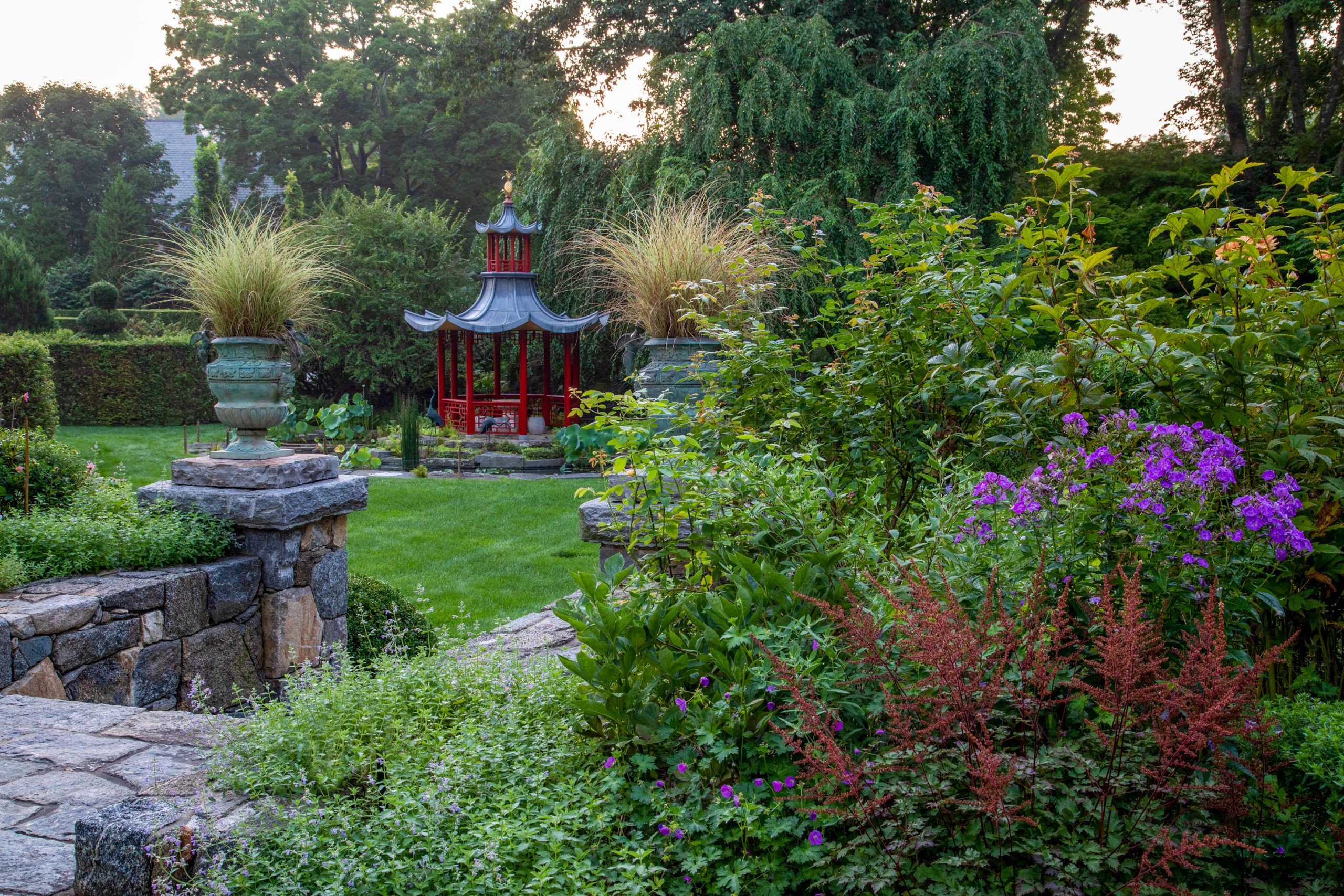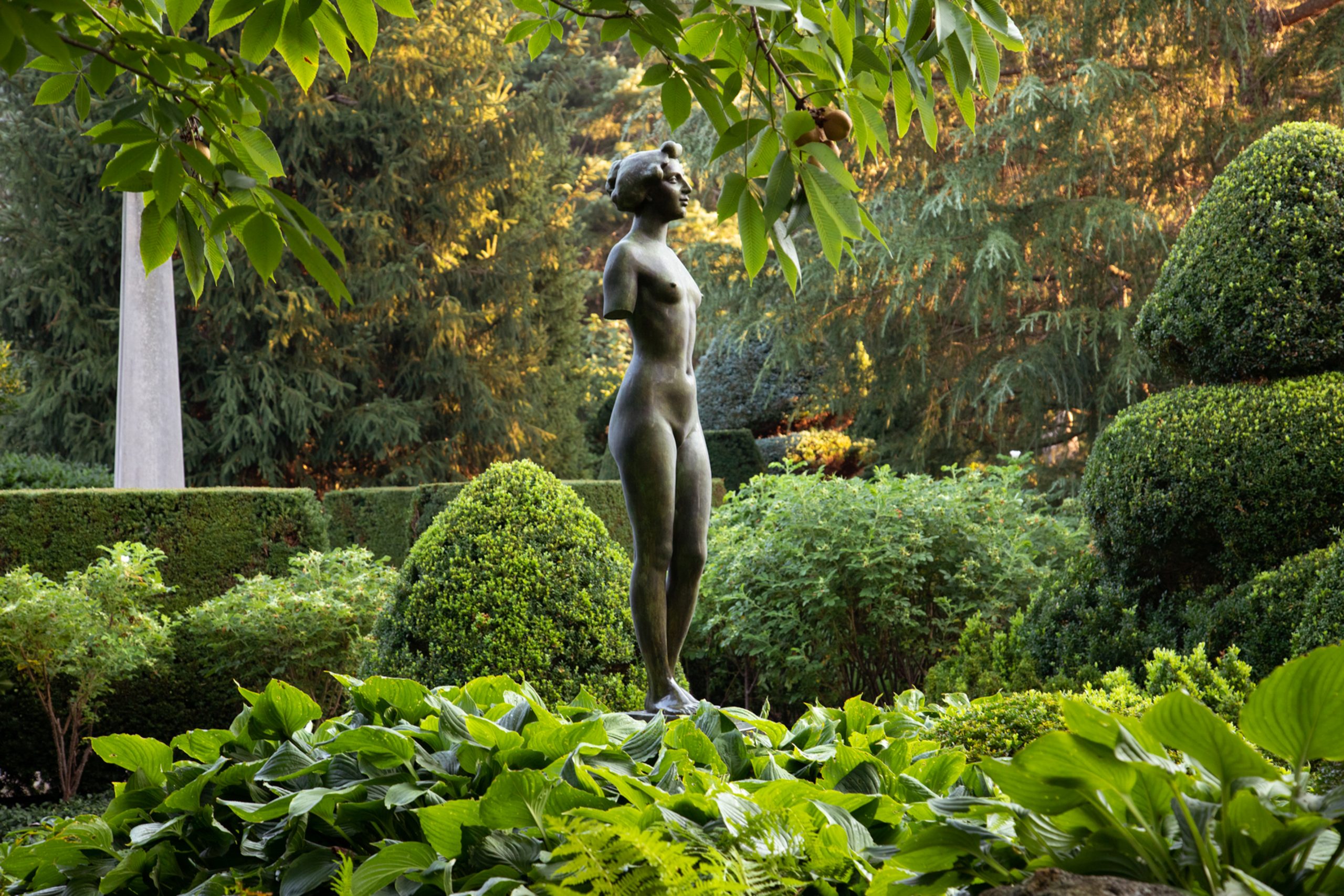In the last few years, Side of Culture has covered many gardens as they are places of culture, well-being and community. Each garden is so different and yet each enriches and regenerates its location, its neighborhood and its community with beauty and nature.
Linda Cabasin has written about the work in native plants that Mt. Cuba Center in Pennsylvania’s Brandywine Valley to improve the environment and strengthen pollinators. Her article on the Stan Hywet Hall and Gardens in Akron Ohio is an extraordinary testament to the power of volunteerism. The Anne Spencer House and Garden in Lynchberg, Virginia showcases the home of the Harlem Renaissance poet and activist who created an oasis for African American writers, intellectuals, and activists during her lifetime. With 15 different gardens, six conservatories, collections, and art exhibitions, Brooklyn Botanical Garden is a cultural treasure whose reach extends into its surrounding community and abroad. The list goes on and you can find our gardens categorized at Side of Culture.
In this issue, Side of Culture had the opportunity to speak with a photographer of gardens, Caryn B. Davis, an architectural, interiors and landscape architectural photographer and author of many books and articles, about her most recent book, Connecticut Gardens: A Celebration of the State’s Historic, Public, and Private Gardens. Written by Chris Lawrie, an accomplished landscape designer and arborist, and exquisitely photographed by Davis, the book is beautifully laid out with Davis’ photographs while Lawrie’s writing captures the spirit and intention of the gardens of their owners and creators.
Davis said, “I was photographing a private garden for a magazine and thought it would wonderful if other people could see some of these beautiful spaces. But since all private gardens are not open to the public, although quite a few in my book are, I wanted to include historic and public gardens as well so anyone picking up the book could use it as a travel guide of sorts, thus making gardens more accessible to all.”
The book is divided into three sections: 16 Historic Gardens, including Hill – Stead Museum and the Florence Griswold Museum; 12 Public Gardens and Flower Farms with an introduction that outlines the birth of many gardens during the American Urban Parks and Recreation Movement in response to industrialization and factories. The book mentions that the Bushnell Park in Hartford, Connecticut was the first publicly funded park in America by Reverend Bushnell, and that Frederick Law Olmsted, the “father of American landscape architecture” was born in Hartford in 1822. The third section is devoted to 14 Private Gardens, that are sophisticated, peaceful, beautiful, and inspiring. Some of these gardens are open by appointment or are part of the Garden Conservancy’s Open Days program. At the end of the book, there is a helpful visitor’s guide and a list of the gardens.
Lawrie introduces the first section on historic gardens with a quote from Daniel Webster: Let us not forget that the cultivation of the earth is the most important labor of man. When tillage begins, other arts will follow. The farmers, therefore, are the founders of civilization. For the second section on public gardens, he starts with a Greek proverb: A society grows great when old men plant trees whose shade they know they shall never sit in. And, for the final chapter, he quotes Monty Don, a British horticulturalist, broadcaster and writer: A garden is not a place, it’s a journey.
The book recalls the first known garden, the “venerable botanical garden” at the University of Padua that is now a UNESCO World Heritage site. And, in the U.S., it mentions the oldest known surviving garden which Side of Culture wrote about: Bartram’s Garden. This extraordinary place is listed as a National Historic Landmark and is run by run by the John Bartram Association and Philadelphia Parks & Recreation.
Davis, concluded, “Gardens enrich our lives in so many ways. They provide a peaceful respite from our busy, often stressful lives. They are good for the environment and improve air quality by absorbing pollutants and producing oxygen. They provide a habitat for birds, insects, and small animals. They preserve traditional plants and gardening techniques. They foster an appreciation for nature, are beautiful to behold, and improve our mood and wellbeing while enhancing our lives.”
Caryn B. Davis is a photographer and author of many books and articles and her work can be found at https://carynbdavis.com.

